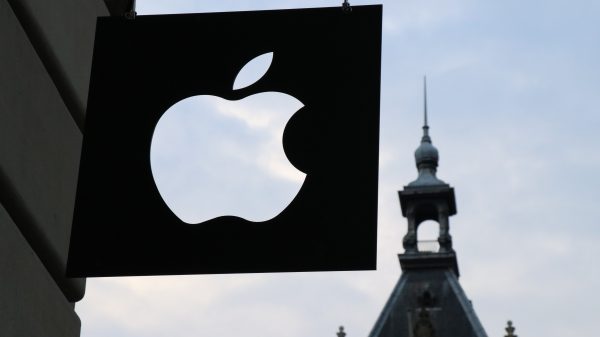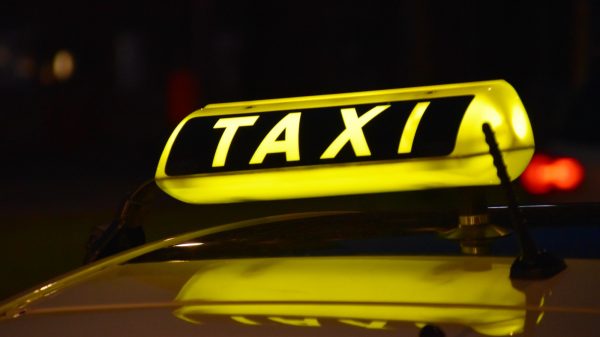Filed five years ago, the complaint accused Uber of predatory pricing and foreclosing competition in the taxi service market. Although CCI initially dismissed the case in 2016, the complainant appealed to the appellate tribunal.
The Competition Commission of India (CCI) on Wednesday dismissed a complaint filed by Meru Cabs against Uber for alleged abuse of dominant position, an order by the Commission stated. “The Commission is of the view that the facts and evidence on record do not establish the dominance of Uber, in the absence of which the question of abuse does not arise,” the order stated.
Why this matters? This complaint has been under investigation since 2016 and the latest order by CCI provides valuable insight into what the competition authority thinks about competition in the radio taxi service market.
What is the complaint about?
The allegations against Uber: The initial complaint filed by Meru Cabs in 2016 alleged that “owing to Uber’s deep pockets, Uber indulged into a series of anti-competitive practices … with the sole intent to establish its monopoly and to eliminate otherwise equally efficient competitors from the market.” The alleged anti-competitive practices are the following:
- Predatory pricing: The average market price of radio taxis prevailing in Delhi-NCR before Uber was ₹23 per km, but Uber offered prices much below this despite sustaining losses of about ₹200 per trip in order to eliminate competition, the complainant alleged.
- Exclusionary practices: Meru alleged that Uber used an incentive policy that is “not economically justified and is aimed at exclusively engaging the drivers to its network so as to exclude its competitors having access to such drivers.” Uber is also alleged to have entered into exclusivity contracts with its driver-partners.
Is Uber in a dominant position? Meru alleged that “in terms of size and resources, economic power vis-à-vis its competitors in the relevant market, the growing dependence of its customers on it, vertical integration of its resources, lack of countervailing buying power, etc., Uber held a dominant position in the relevant market.”
What was CCI’s initial response?
CCI dismisses complaint: CCI in 2016 dismissed Meru’s complaint stating that Uber is not dominant and that the relevant market is competitive in nature.
Meru successfully appeals to Appellate Tribunal: Meru filed a successful appeal with Competition Appellate Tribunal (COMPAT) asking the Director-General (DG) to investigate the complaint.
“As regards dominance, it was observed that though it cannot be definitely said that there is an abuse inherent in the business practices adopted by Uber, the size of discounts and incentives show that either there were phenomenal efficiencies in its business model or there could be an anti-competitive stance to it.” – COMPAT stated as on the reasons to accept Meru’s appeal.
Uber unsuccessfully appeals to Supreme Court: Although Uber challenged COMPAT’s decision in the Supreme Court, the court upheld the Tribunal’s decision making the observation that “Uber was losing Rs. 204 per trip in respect of every trip made by the cars of the fleet owners, which does not make any economic sense other than pointing to Uber’s intent to eliminate competition in the market.”
Director-General’s conclusions on Uber’s dominance
Following Meru’s appeal, the DG delineated the relevant market as “‘radio taxi services in Delhi NCR” and concluded the following:
“Uber is not in a position of strength so as to behave, to an appreciable extent, independently of its competitors and customers, in the relevant market. Thus, Uber is not found to be dominant in the relevant market in the present case.” – Director-General
Highly competitive market with fluctuating market shares: The DG assessed Uber’s dominance by calculating market share through parameters like the total number of trips per day and monthly trip size between 2014-2016. The DG concluded that Meru was the market leader till October 2014, Ola was the leader from October 2014 till August 2016, and Uber was the leader thereafter. However, Ola and Uber displaced each other as market leaders on repeated occasions between September 2016 to April 2018, the DG noted. “The highly competitive market with fluctuating market shares of Uber and Ola, cannot be construed to be a sign of market power or dominance of Uber,” the order read.
Ola has an edge over Uber in terms of funding: The DG also studied the availability of funds at the disposal of Uber and its competitors to assess the financial resources and strength available with them. “Given that Uber is a global player and active in many countries across the world, all of its resources cannot be said to be available at the disposal of Uber India,” the DG noted. The DG also observed that Ola “has an edge over Uber in terms of financial resources at its disposal and accordingly, Uber cannot be considered to have an exclusive access to funding/investment.”
Ola poses a significant threat to Uber’s position: The DG observed that Ola has huge financial resources available and has the ability to counter the pricing strategy of Uber and sustain losses. Therefore Ola still poses a significant threat to Uber’s position and “Uber cannot be said to enjoy any commercial advantages over its competitors like Ola,” the DG noted.
Director-General’s conclusions on alleged anti-competitive practices
Cannot be predatory pricing if not dominant: The DG concluded that both Ola and Uber adopted the “below-cost pricing strategy” between 2014-2018. But Uber “can be said to have indulged in abuse by way of predatory pricing, only if it is found to be dominant in the relevant market,” the DG noted.
Driver contracts are not exclusionary: The DG observed that Uber’s contracts do not restrict driver-partners from registering with competitors. “Their choice of platform depends on factors such as ride availability and short-term incentives schemes on offer,” the DG noted. “According to Uber’s estimates at any given point, more than 50% of its driver-partners are also registered with other aggregators,” the order read.
Performance linked incentives do not foreclose competition: Meru had alleged that Uber’s rating mechanism for its driver-partners worked in a way that kept the drivers onto the Uber network. The DG, however, noted that “the performance-linked incentives offered by Uber and Ola, which were intended to build the network of drivers and attain growth, cannot be stated to have foreclosed competition in the market.”
“On a collective assessment of various facts and evidence, the Commission thus, does not find merit in the argument of Meru that the incentives and rating mechanism adopted by Uber for its driver partners has led to any AAEC [Appreciable Adverse Effect on Competition] in the market.” – CCI order
Meru’s response to the DG’s conclusions
As per the order, Meru stated that the DG’s conclusions “lacks any objective finding or analysis regarding one of the principal cohorts in the matter i.e. drivers as the DG has not interviewed even a single driver during the investigation.”
Meru further argued that the DG has “turned a blind eye to capital-dumping, high barriers to entry and adverse effects on competition and laid too much emphasis on ‘absence of dominance’ based on wrong notions/understanding to conclude no contravention against Uber.”
In its response, Meru also asked the CCI to address the conduct by both Ola and Uber, but CCI refused to do so because Ola was not named as the opposite party in the original complaint and the DG has not investigated Ola. Meru has unsuccessfully filed multiple complaints against Ola and Uber over the years.
Also Read:























